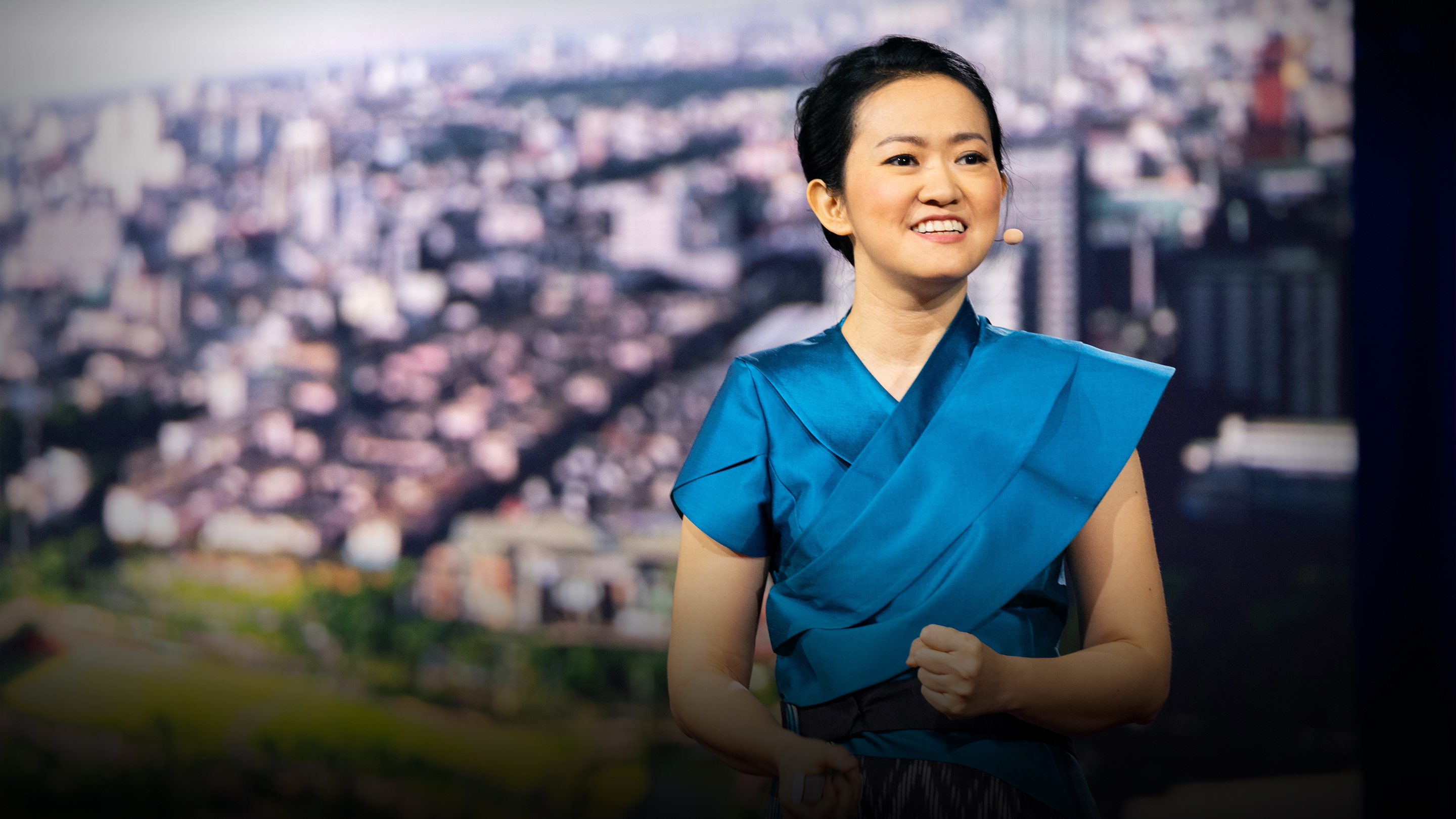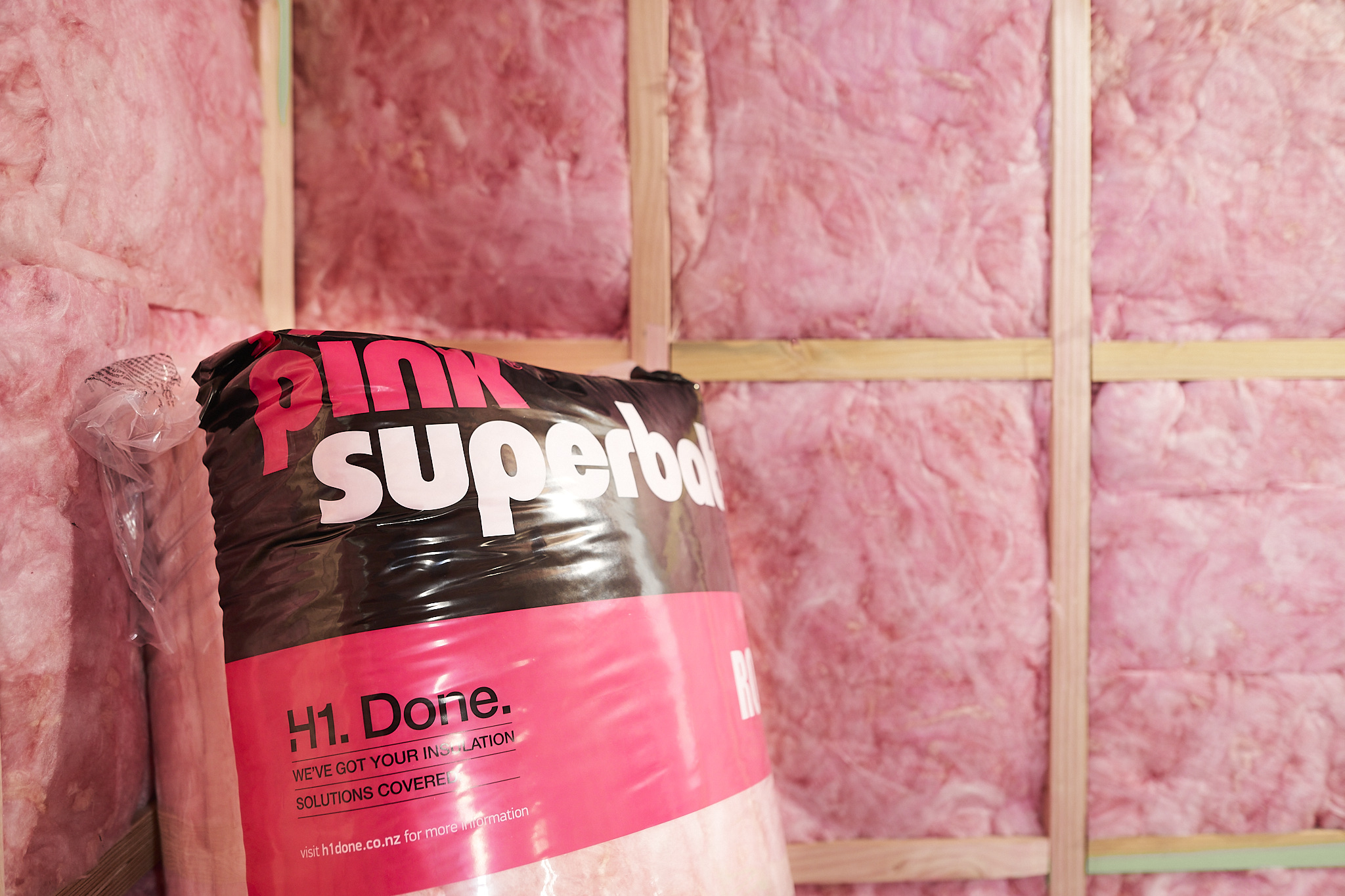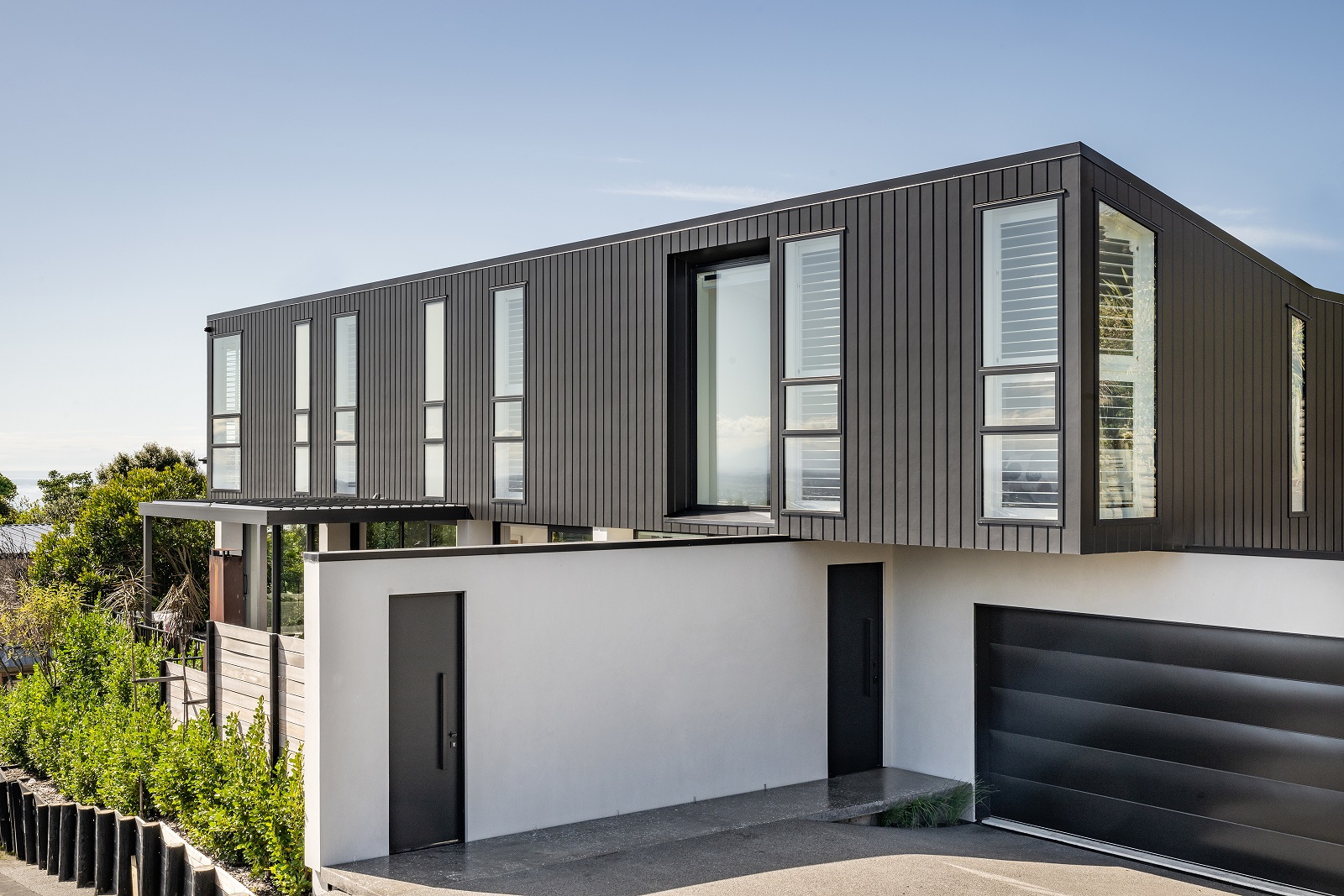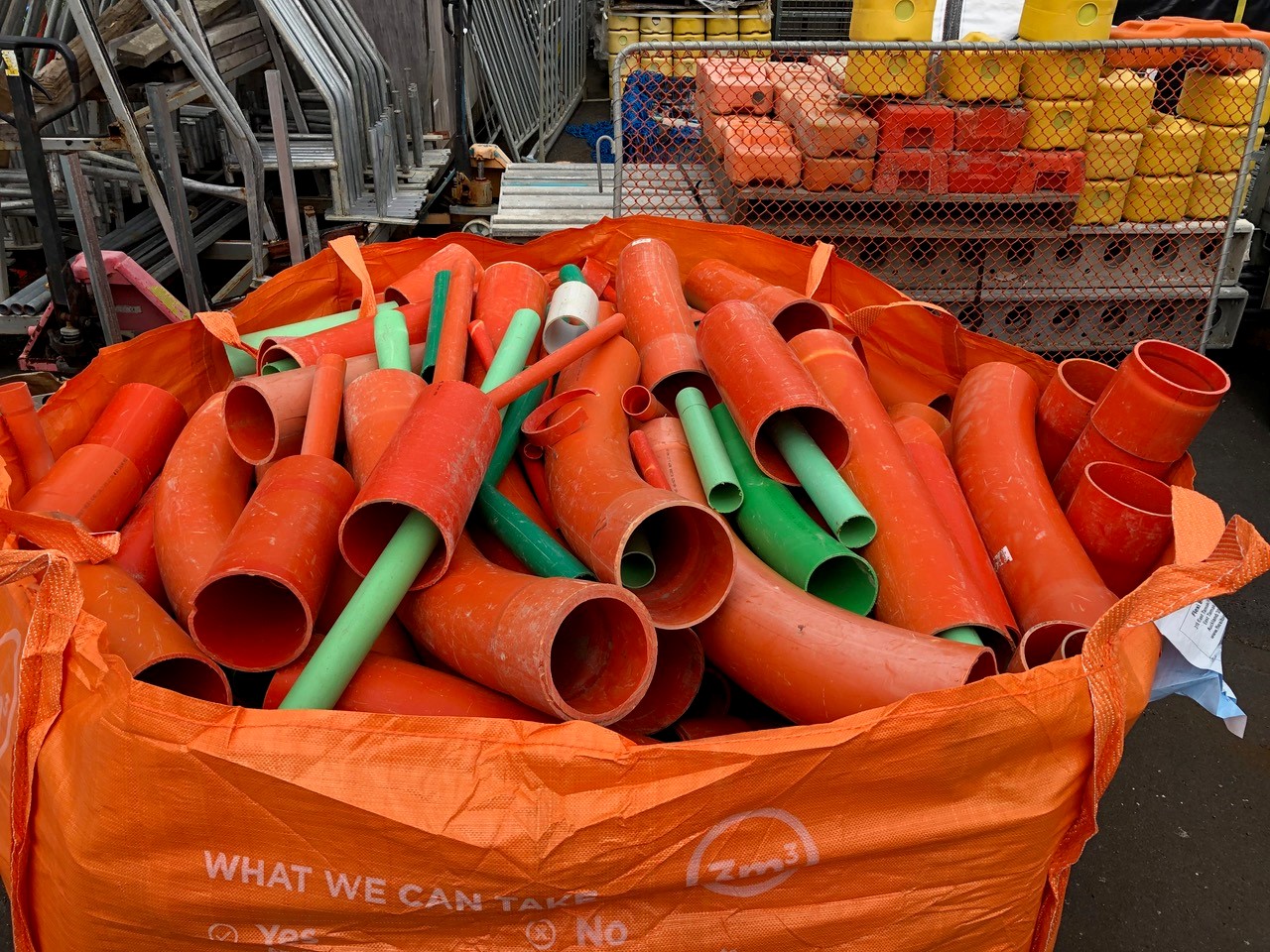The city’s geography and extreme weather events linked to climate change have made it vulnerable to flooding. In 2011 parts of the city were under water and catastrophic flooding continued for months, producing serious social and economic impacts. If all that wasn’t enough, the city is settling by one or two centimeters every year and by 2030 parts may have slumped below sea level.
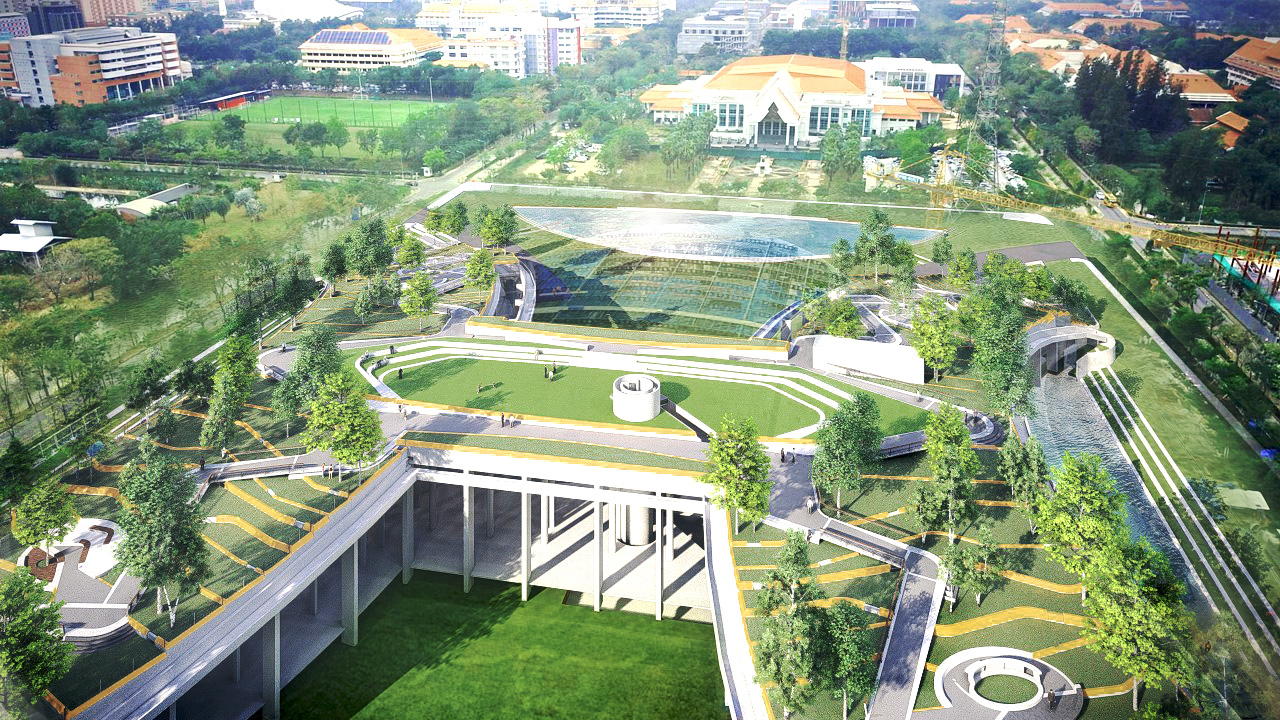
Faced with a serious crisis, Bangkok’s city planners are fighting back. Chulalongkorn University Centenary Park is part of a comprehensive water management plan unveiled in June 2018. The park’s wetlands, watercourses and huge underground reservoirs in the centre of the university can hold up to one million gallons (3.8 million litres) of water, which would otherwise wash over the city’s streets. [1]
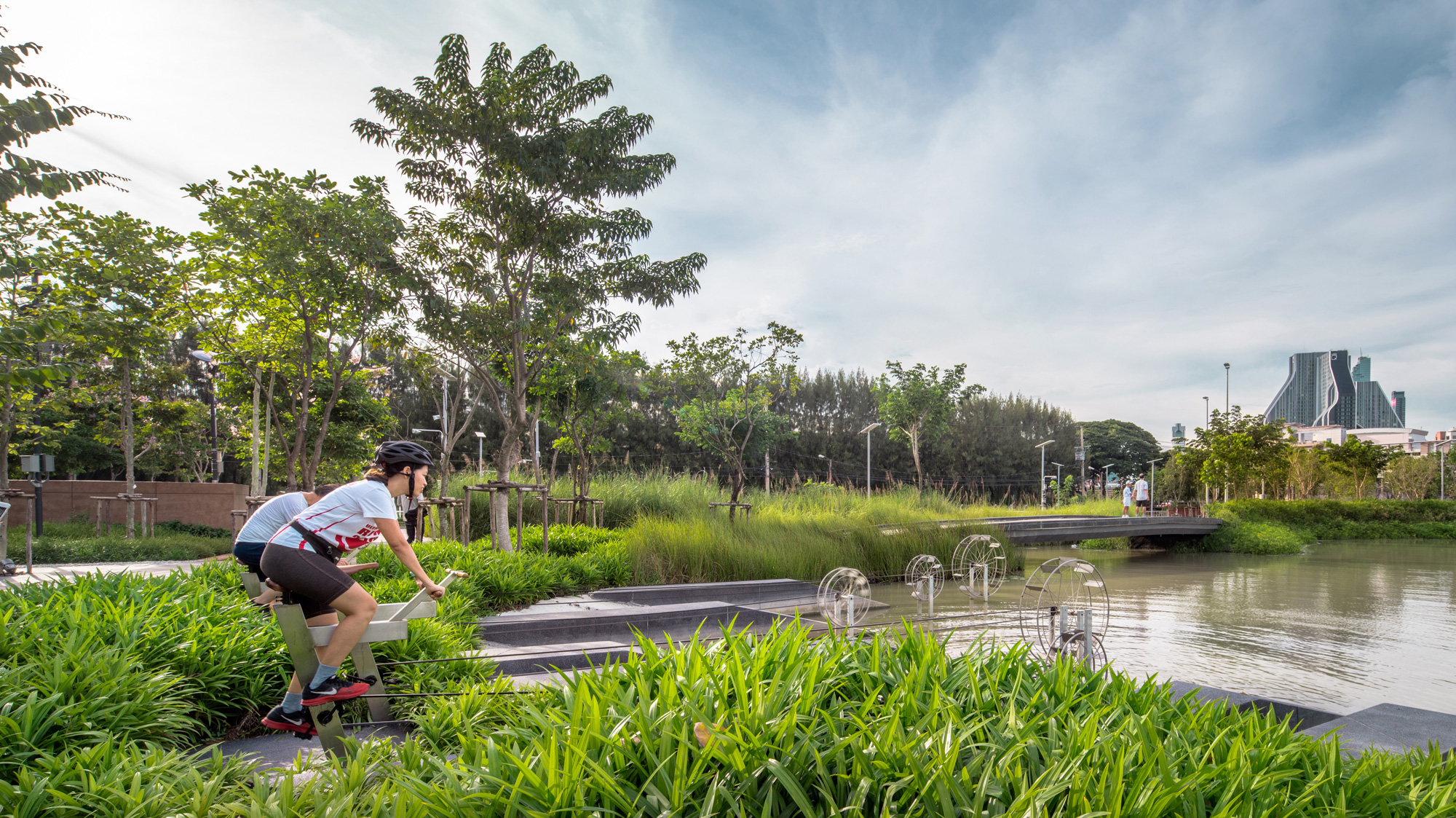
Herb gardens, trails and walkways provide points of interest and recreation activities for members of the public as they move through the park. It includes a museum with a 5,200 square metre green roof covered in plants. In the wet season these plants absorb large quantities of moisture and in the dry season tanks underneath provide water for up to a month to keep the park from drying out.
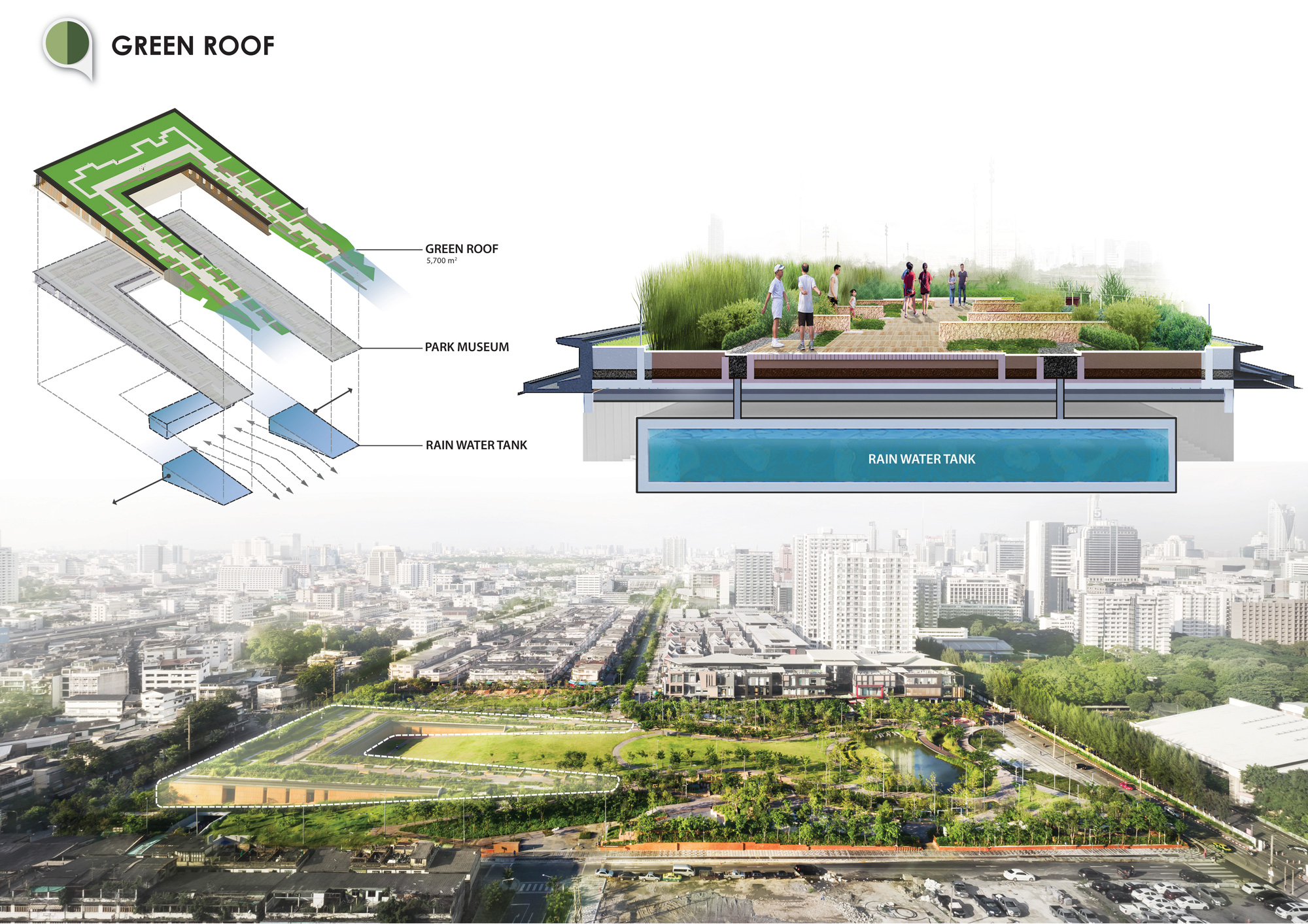
The creation of a gentle incline means that water can move through the park’s wetlands. Here plants filter out toxins as the water flows on to a retention pond at the far end of the park. In the event of severe flooding, the capacity of the retention pond can nearly double in size by expanding onto the park’s main lawn.
